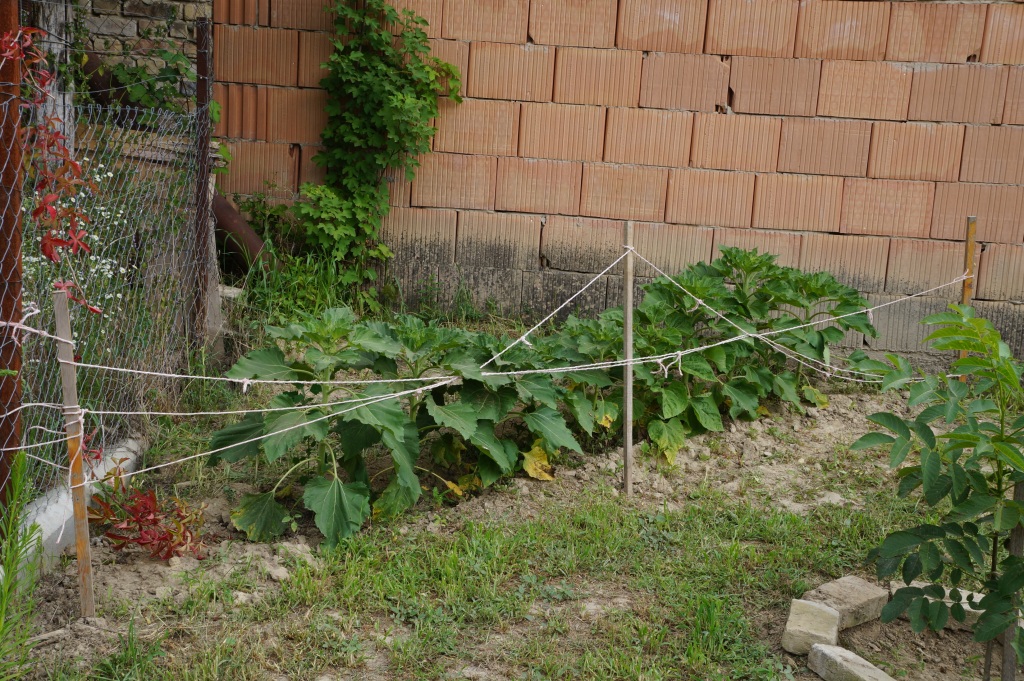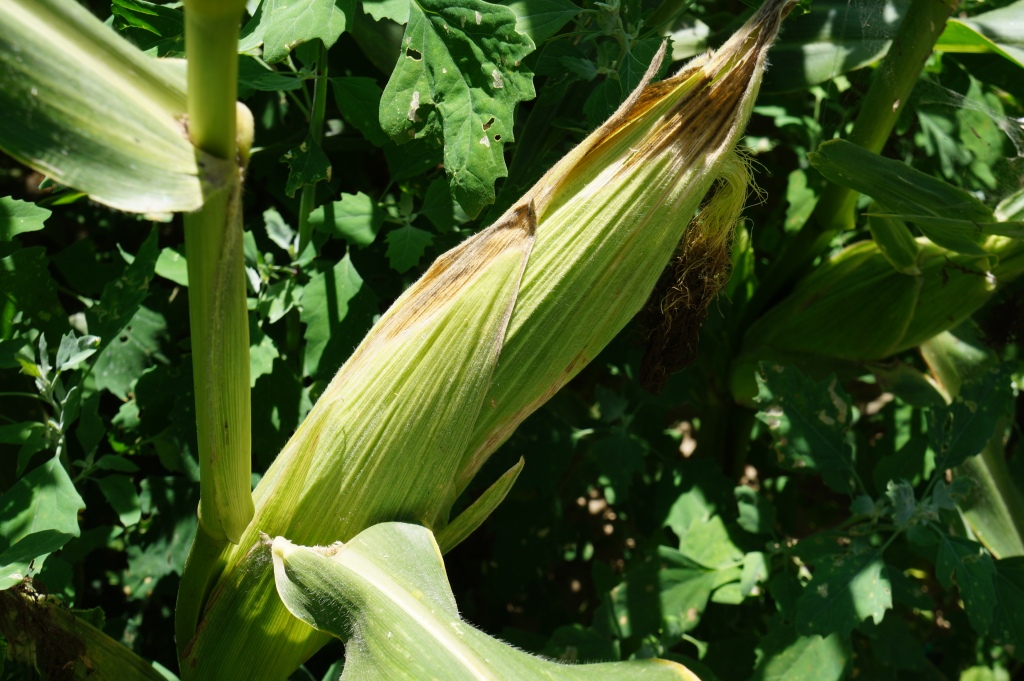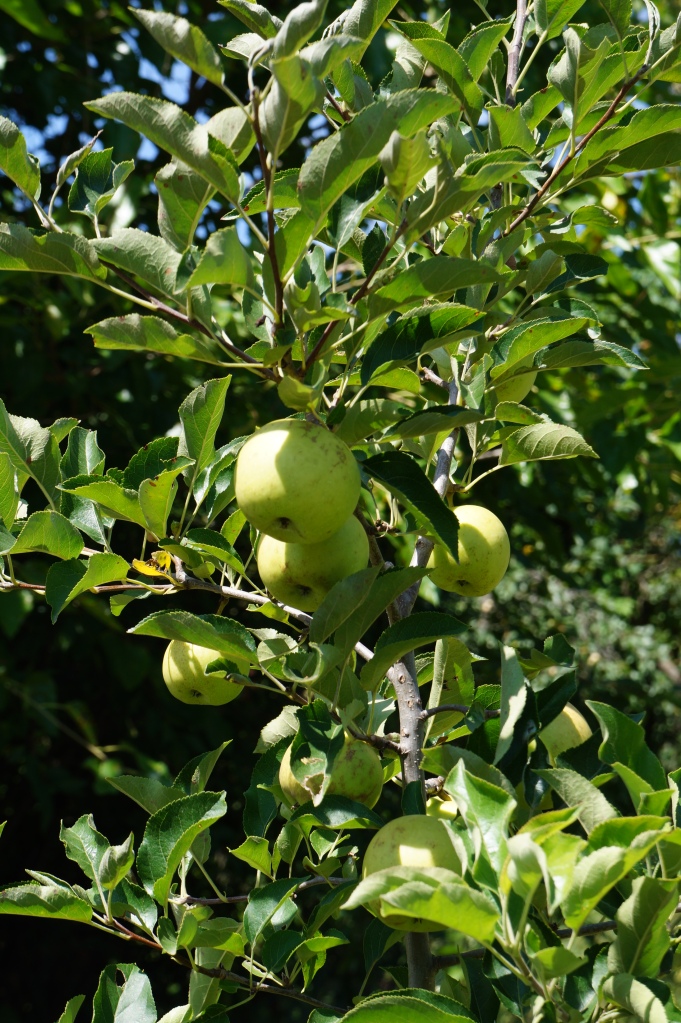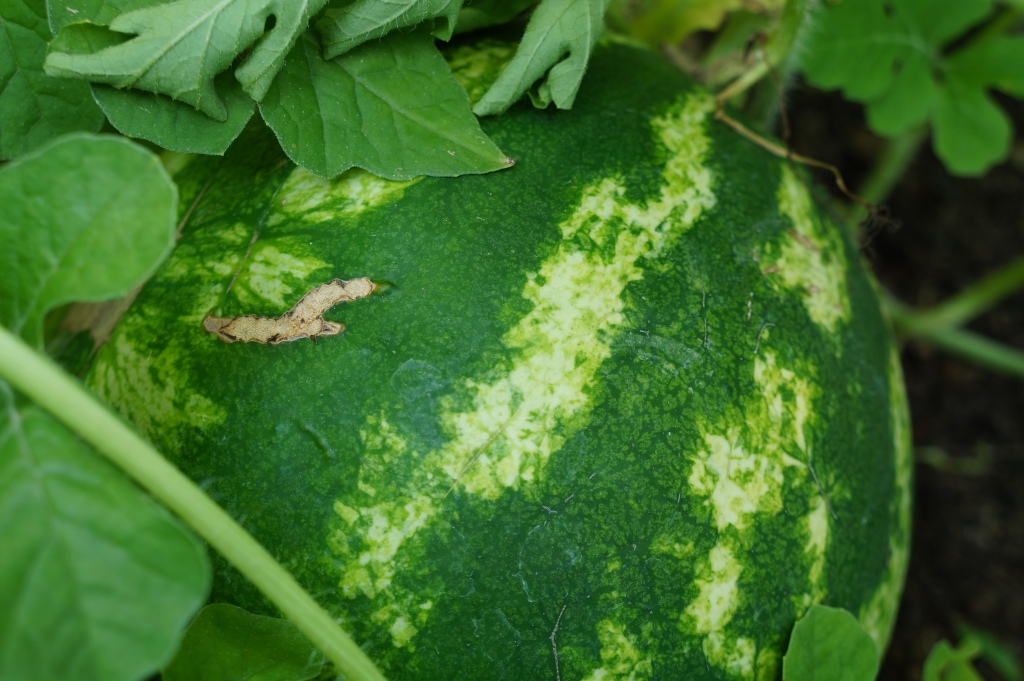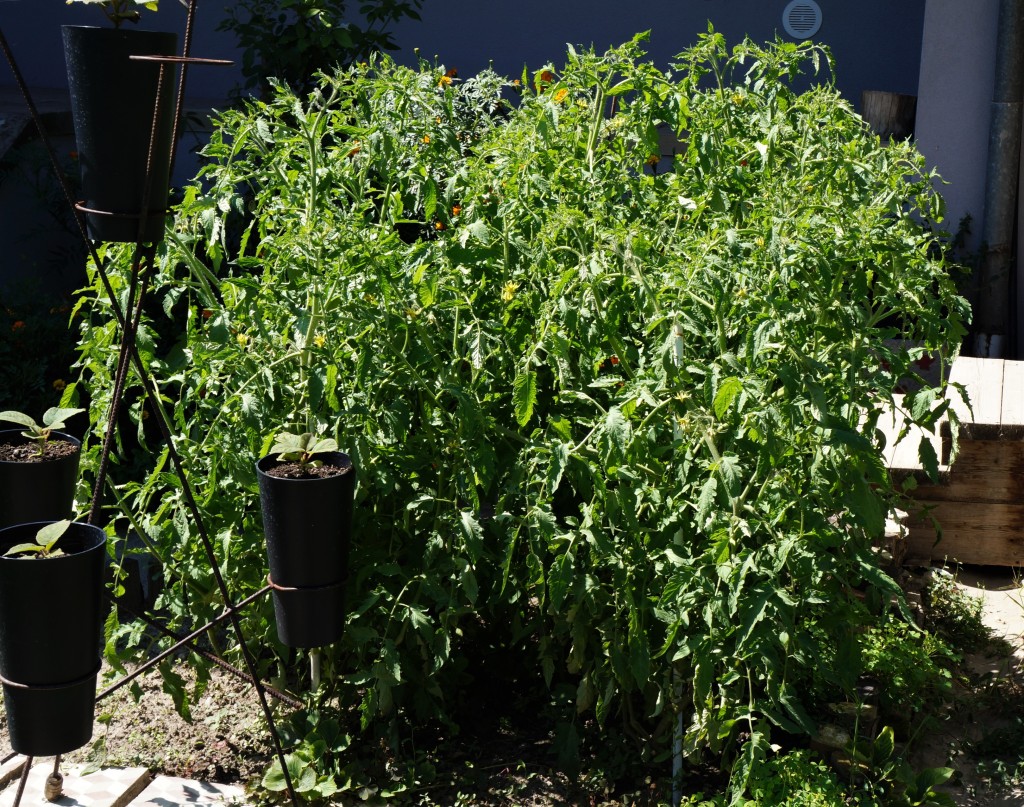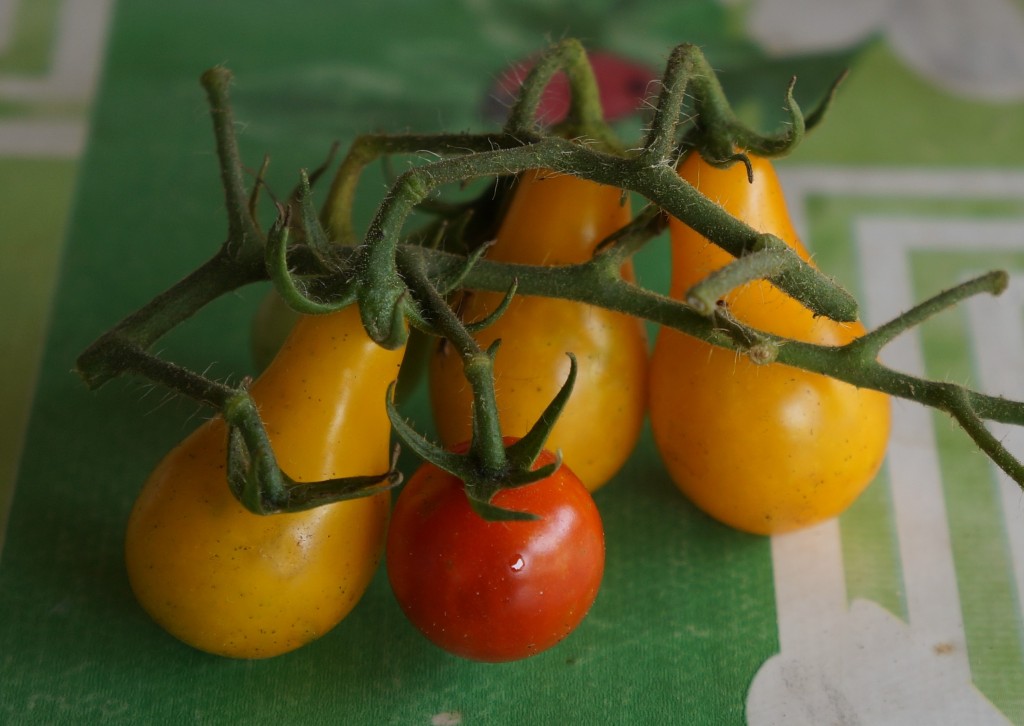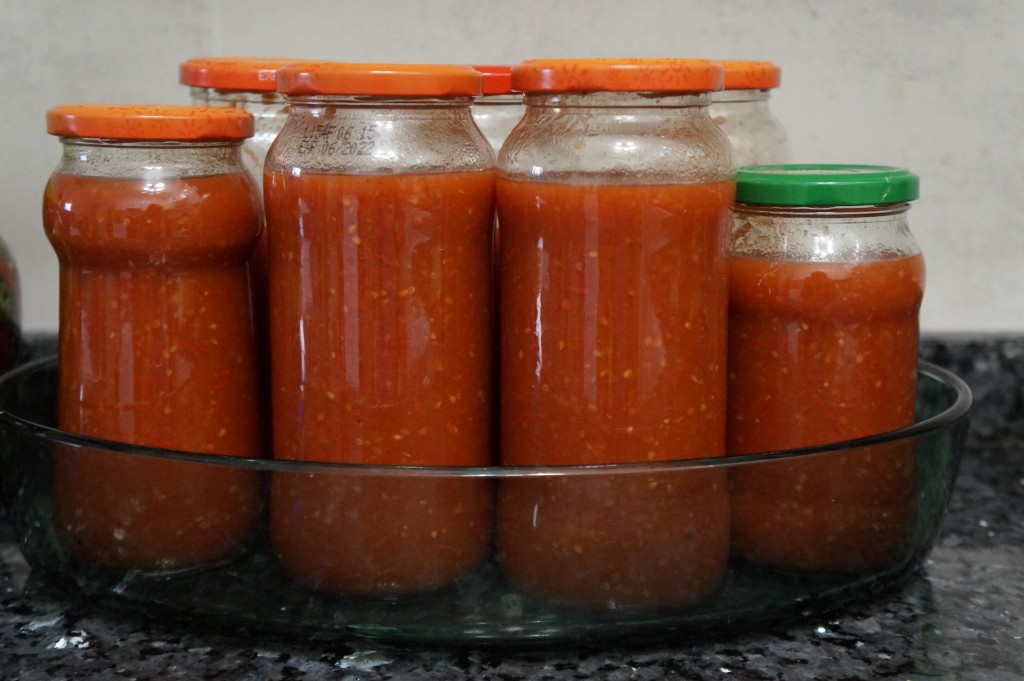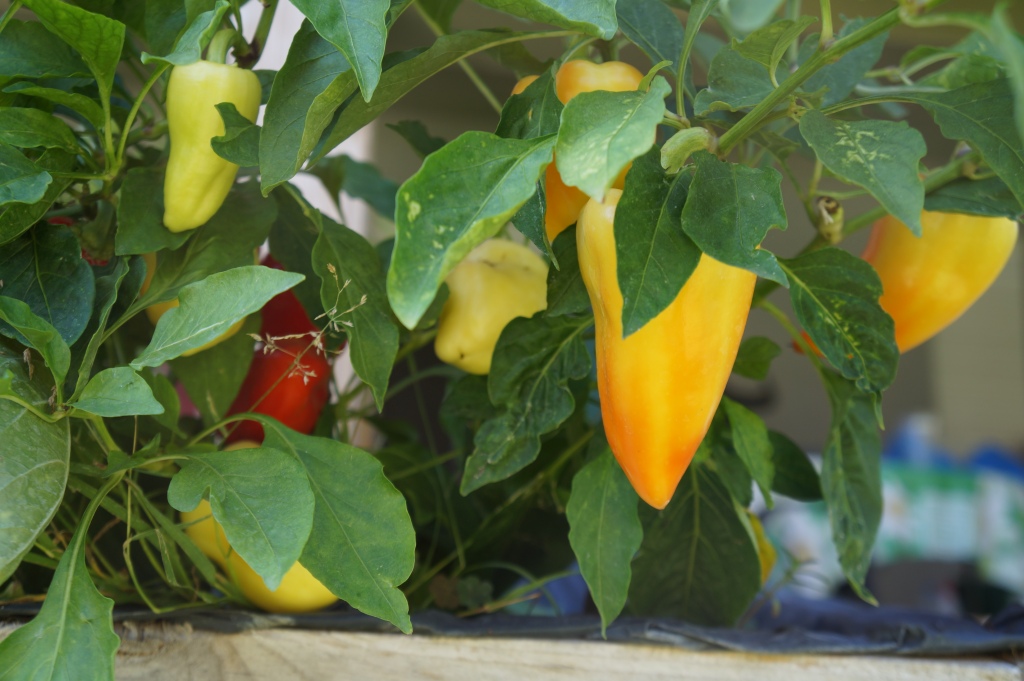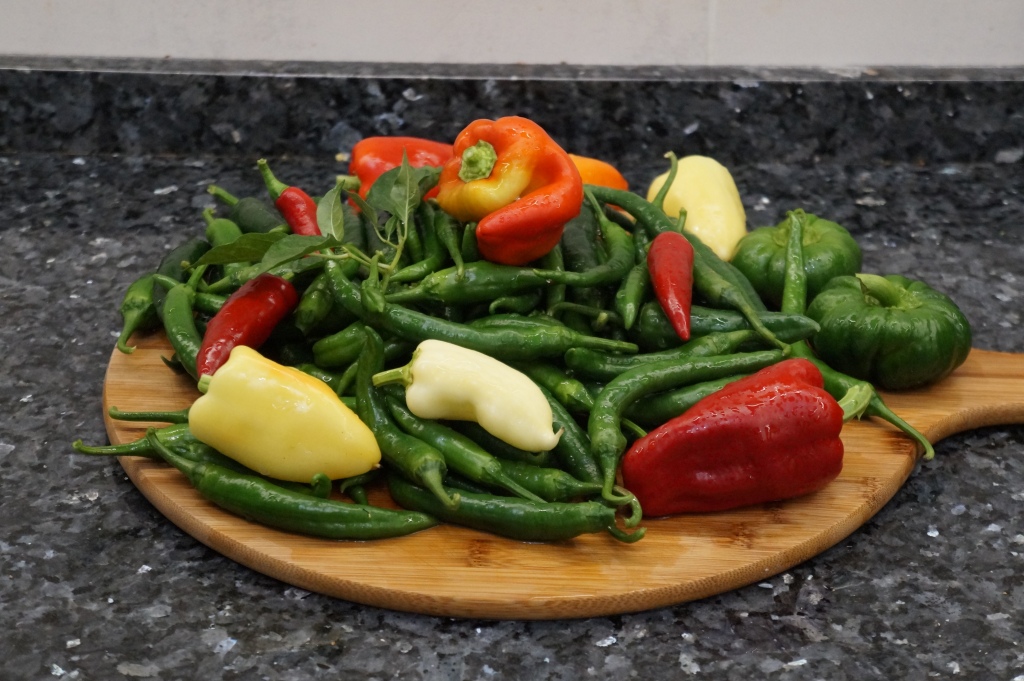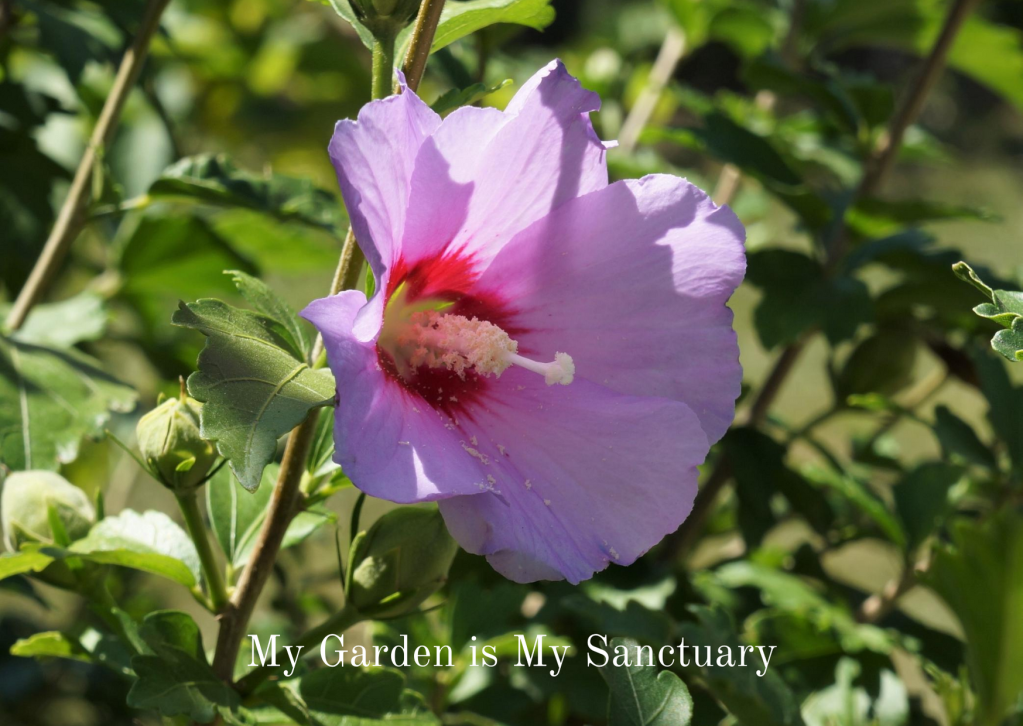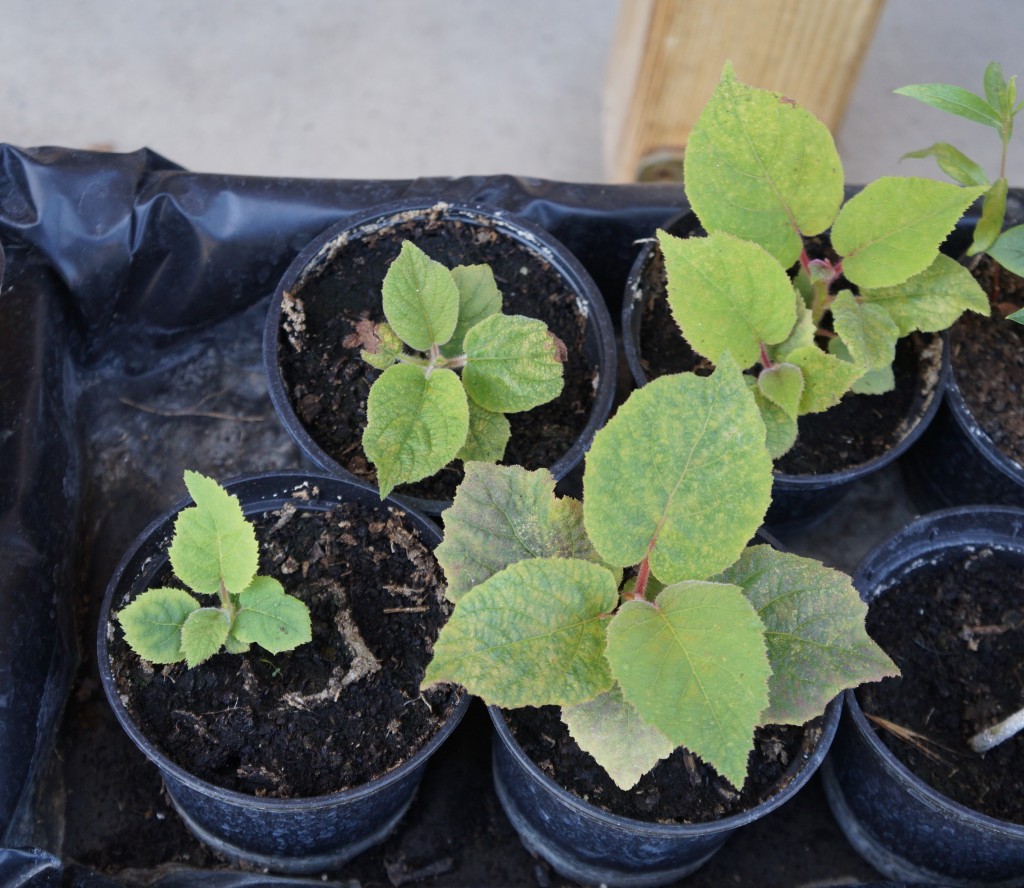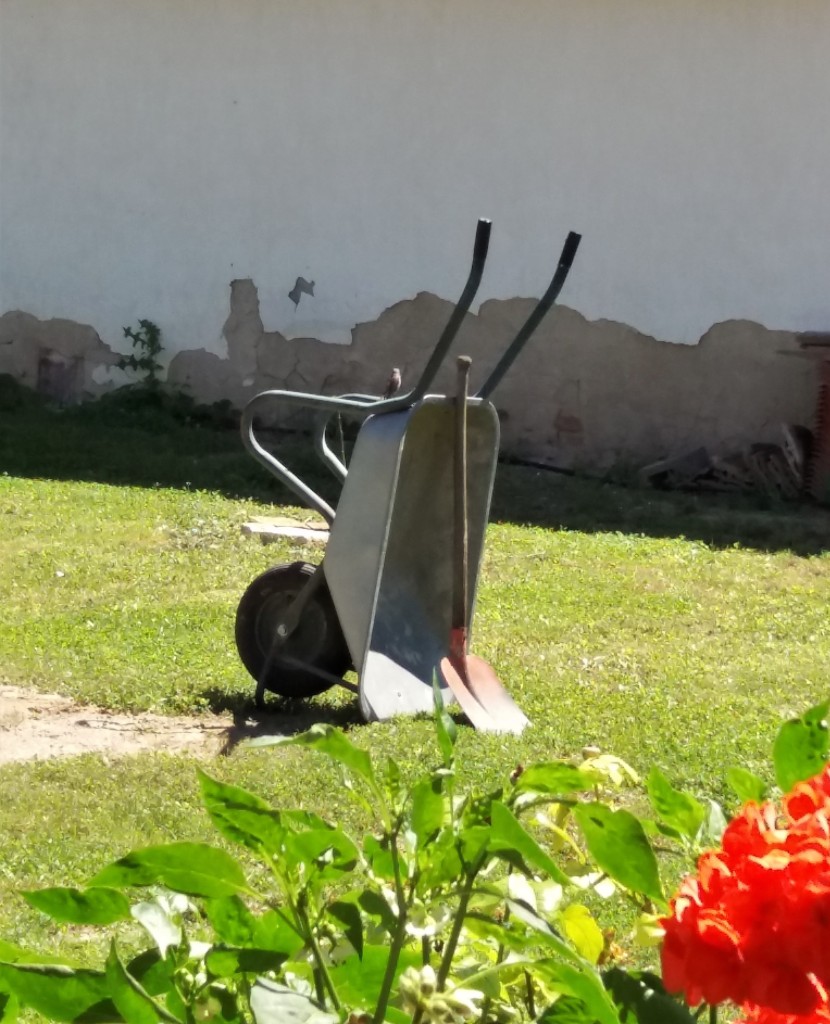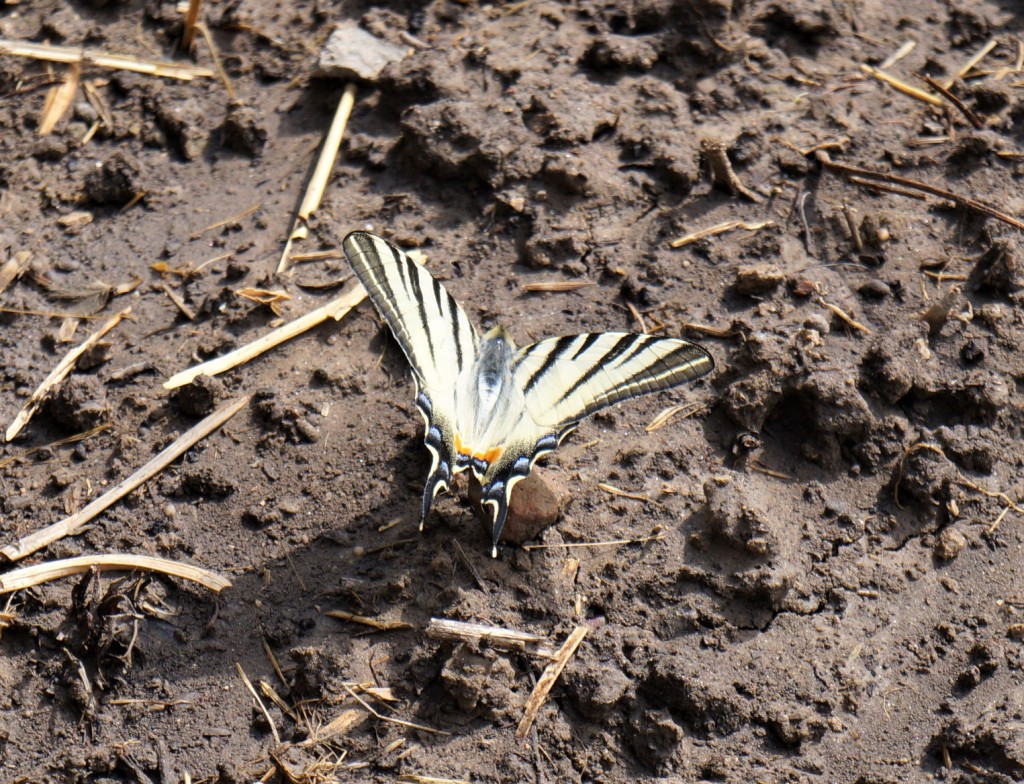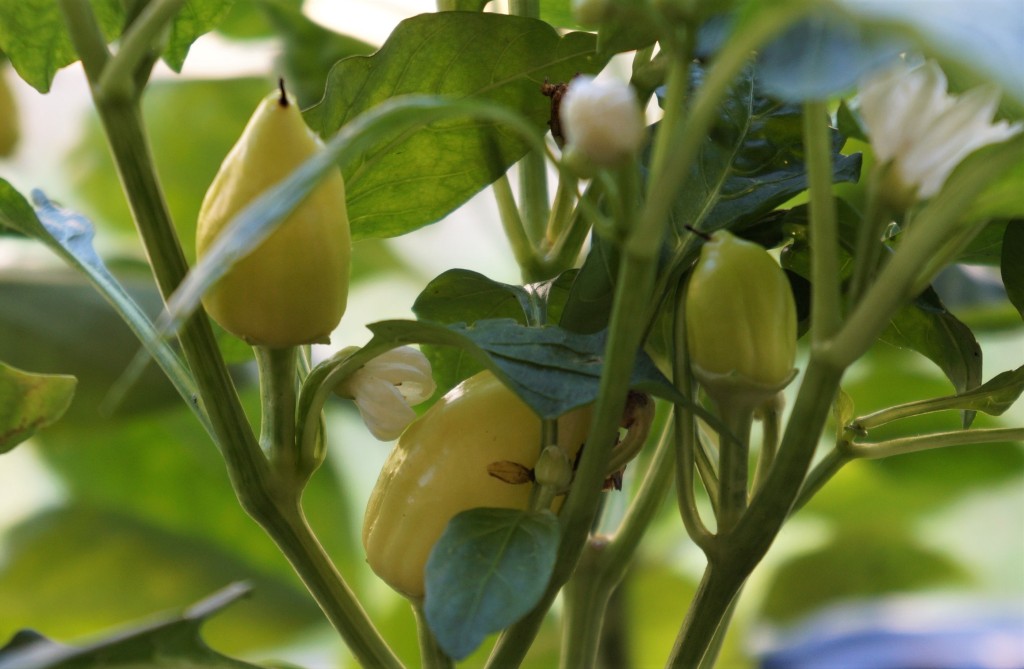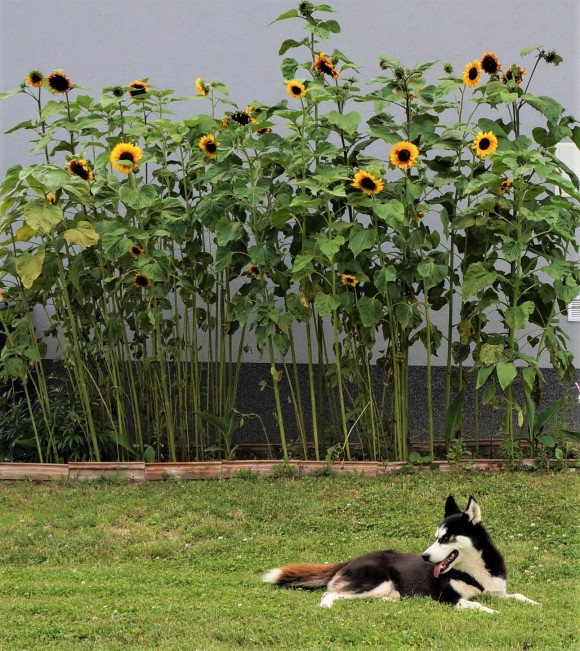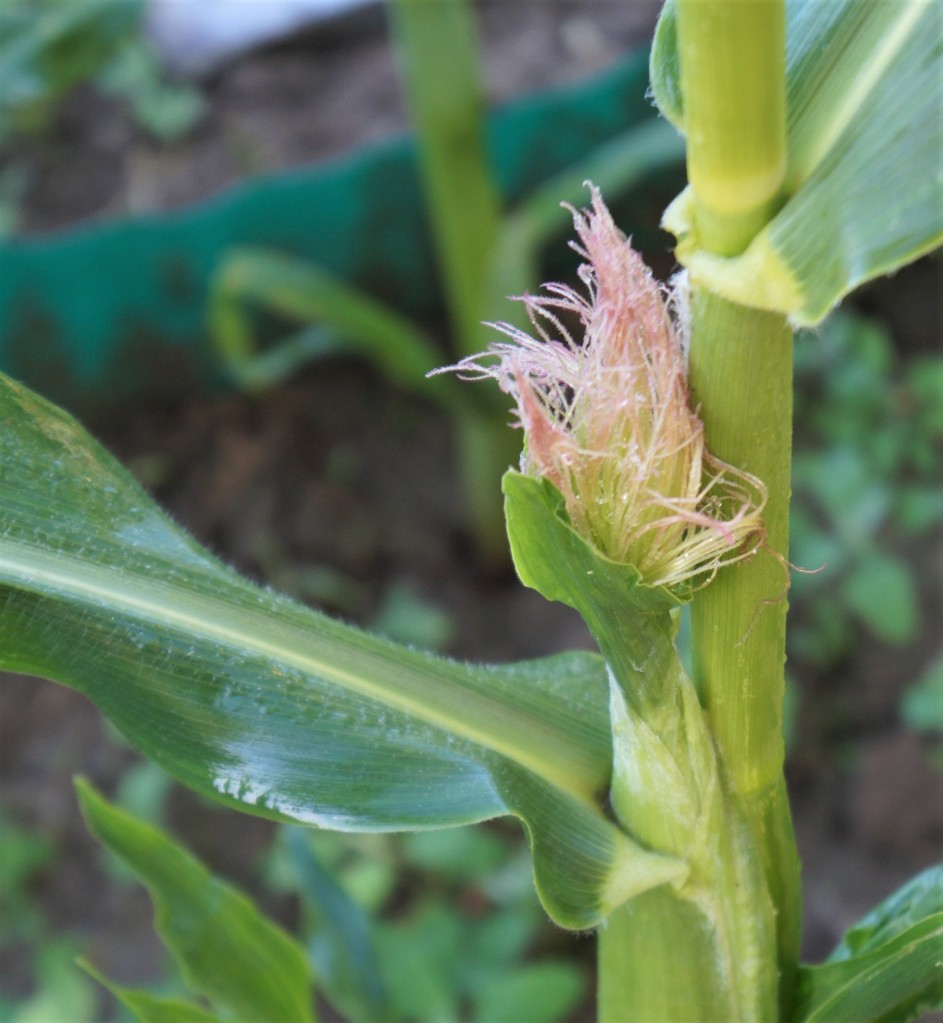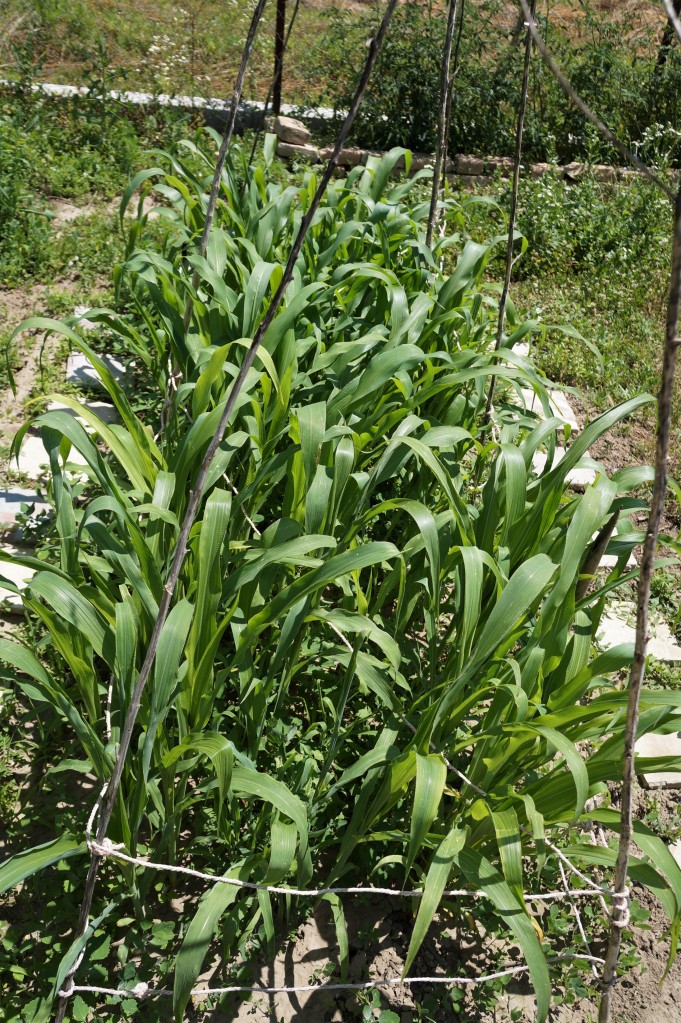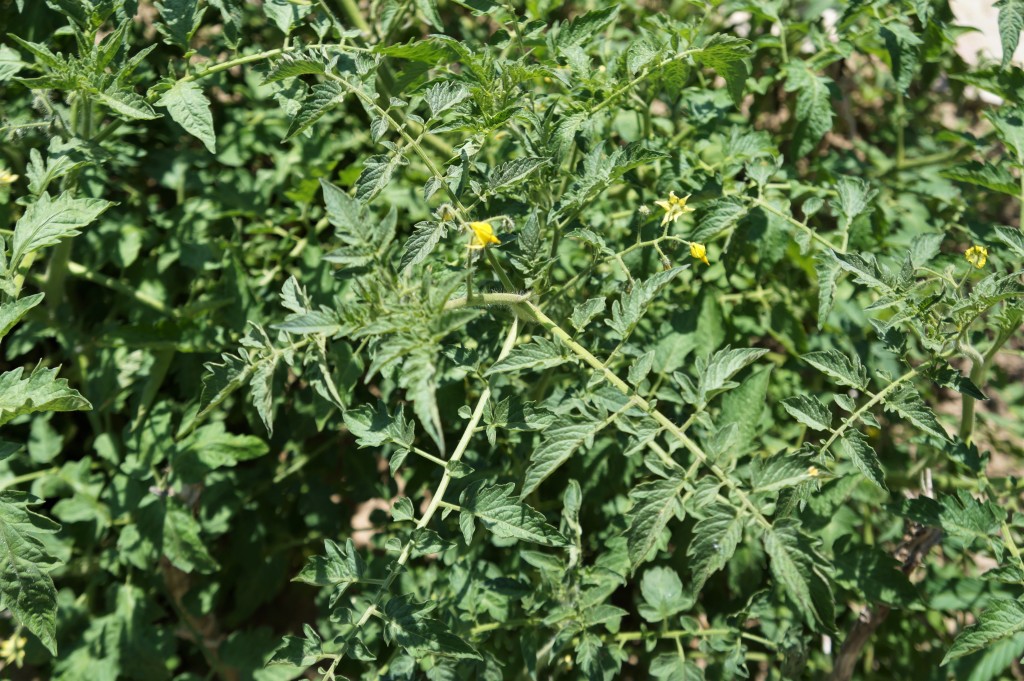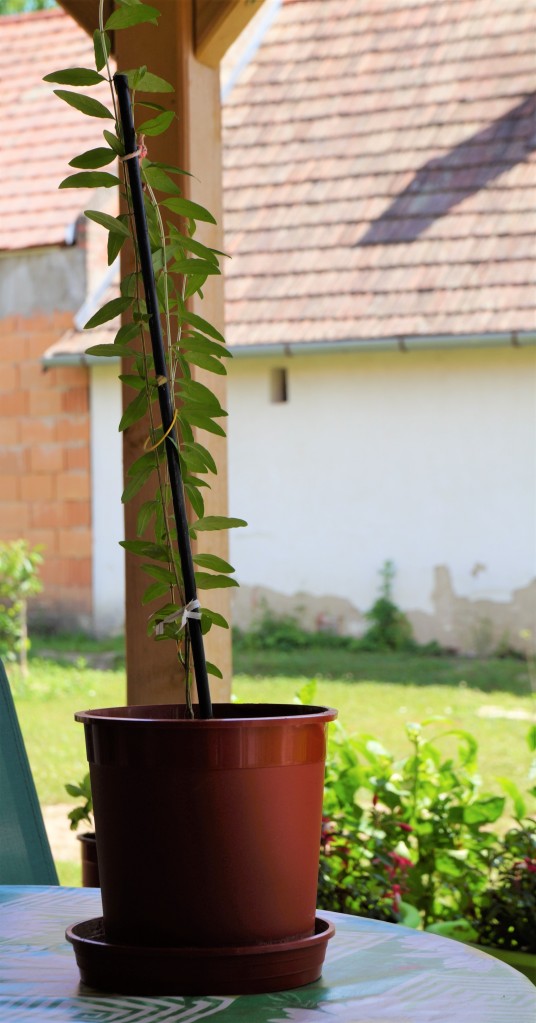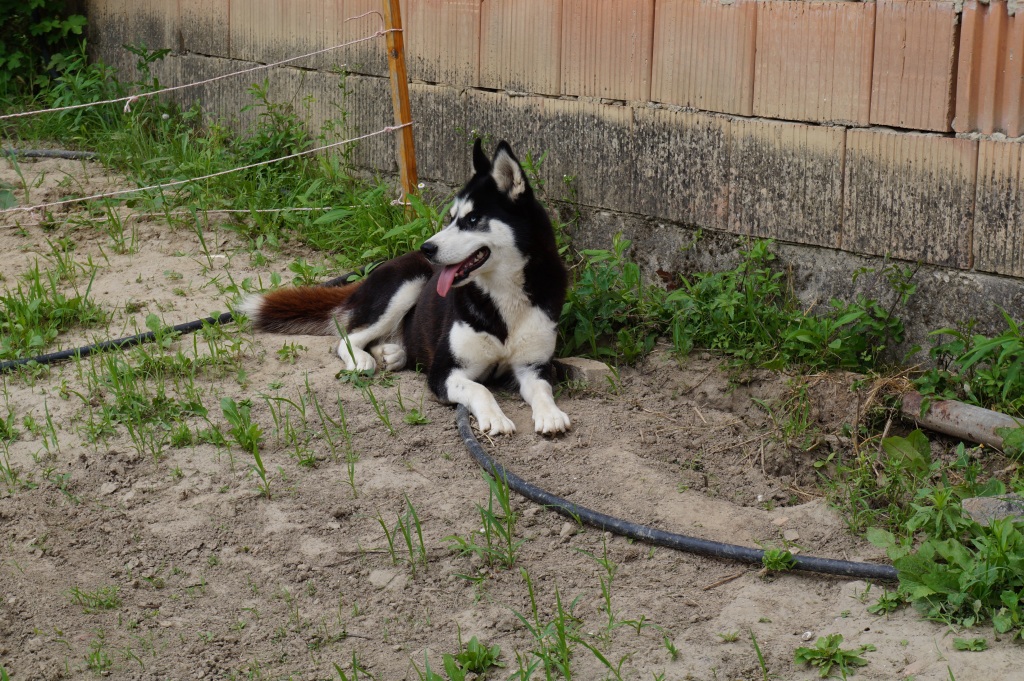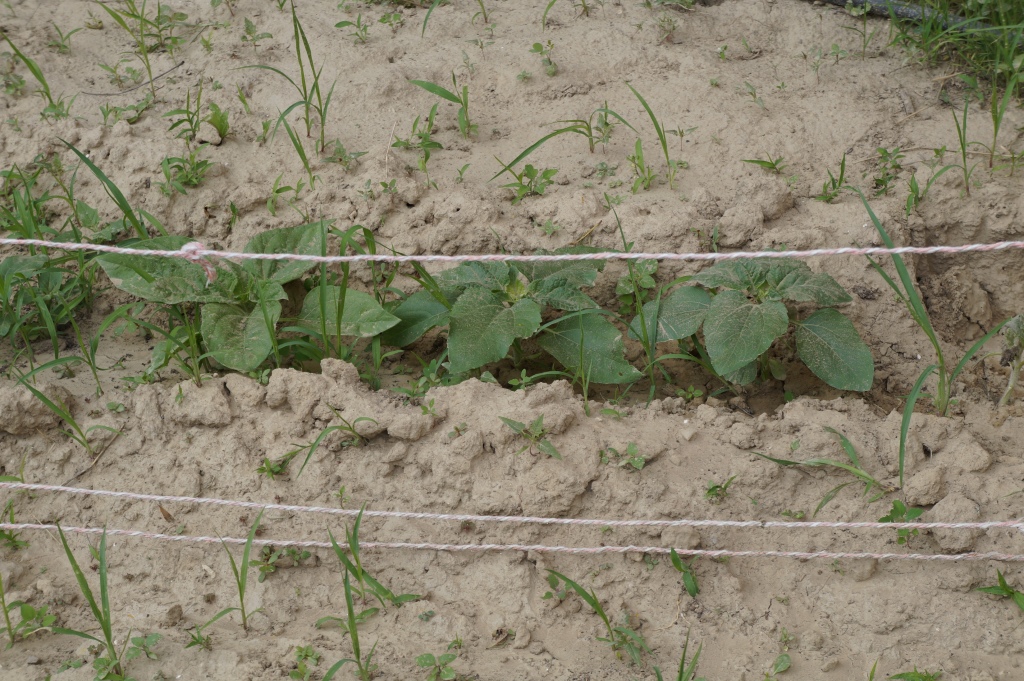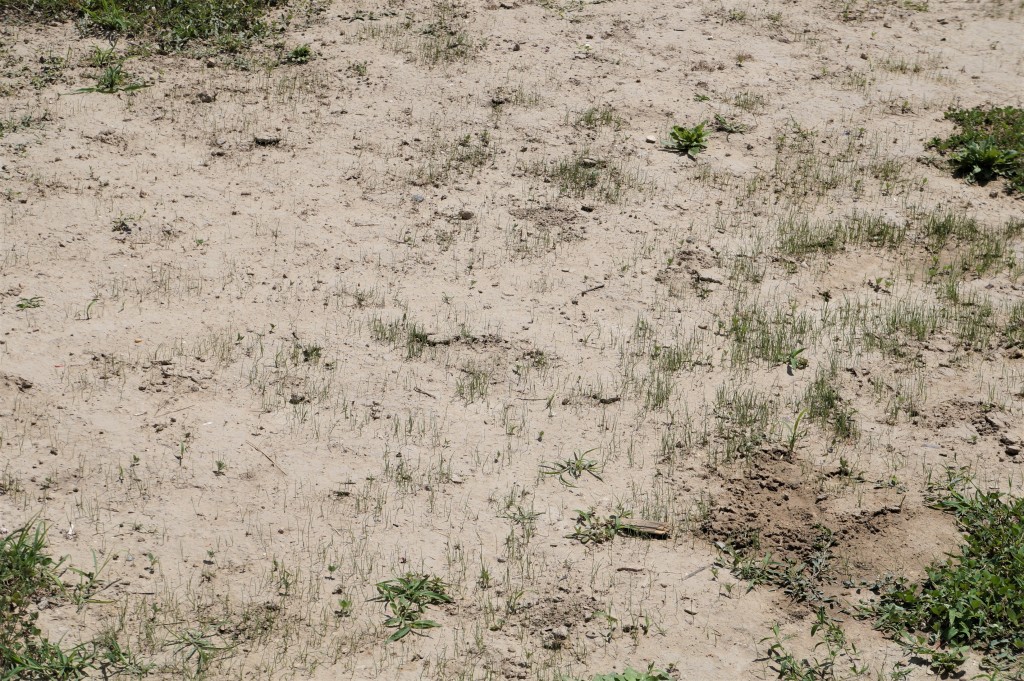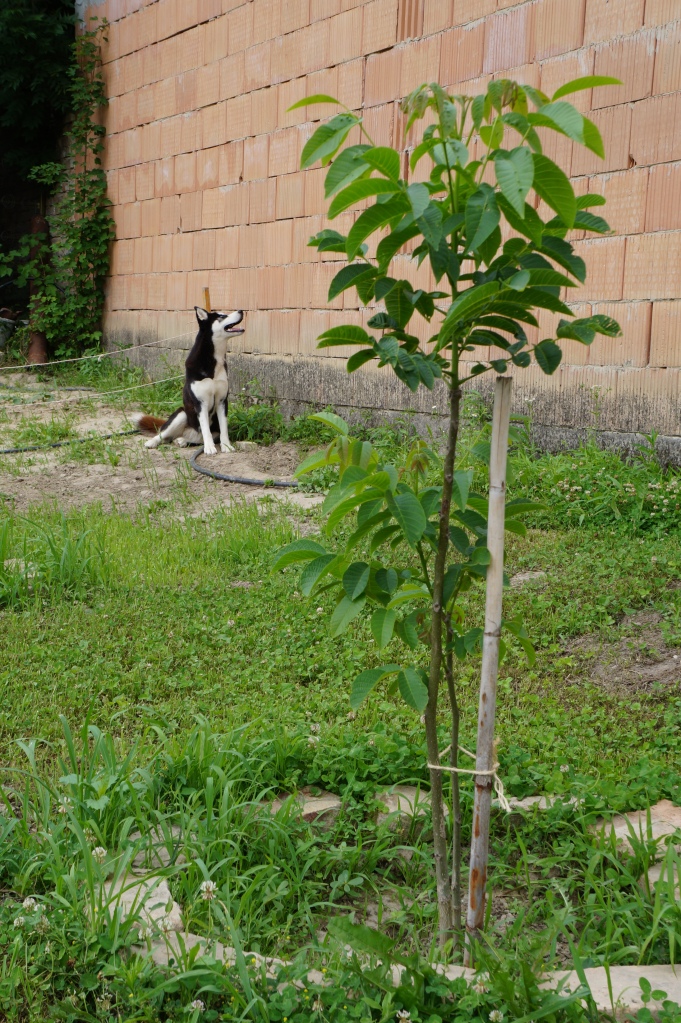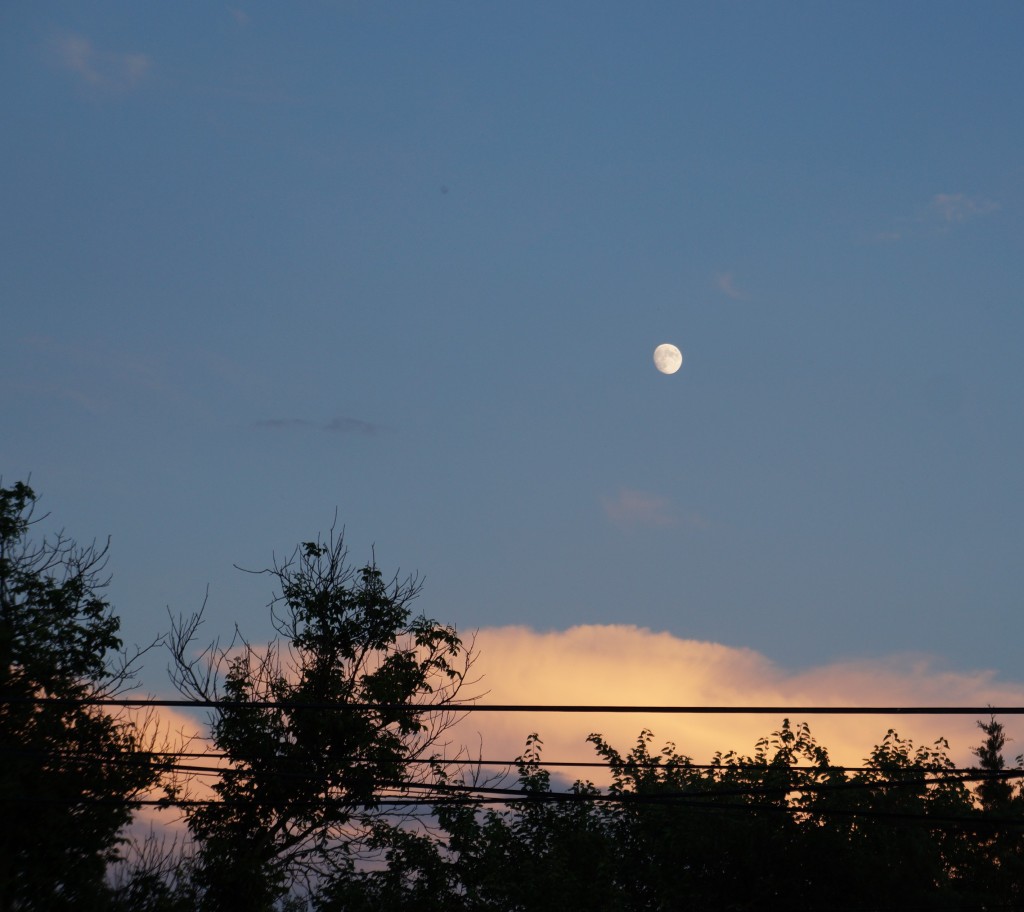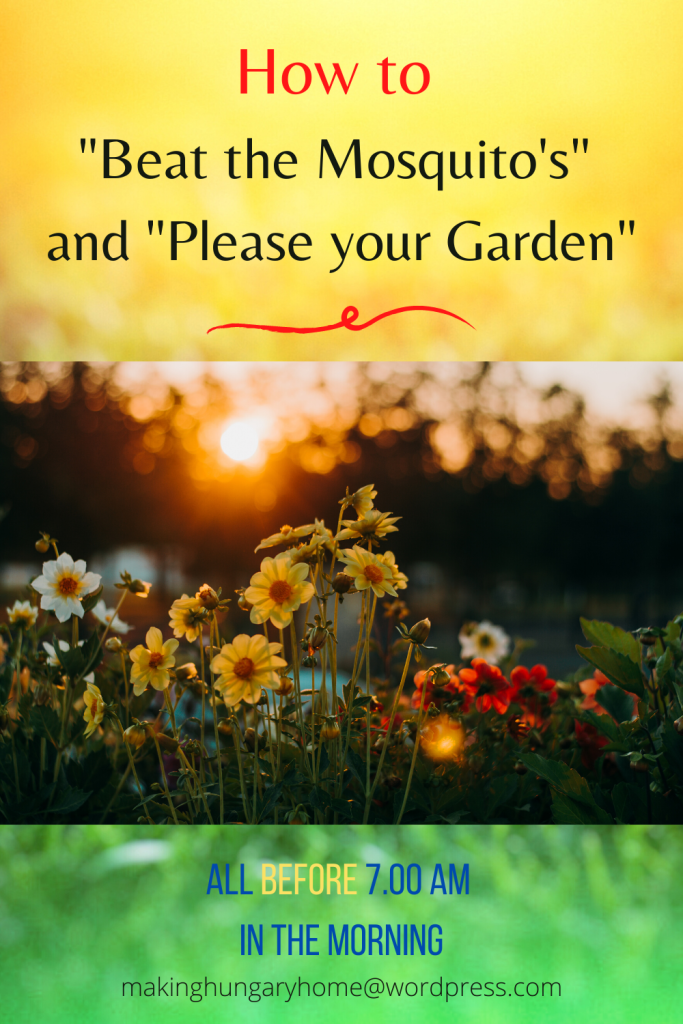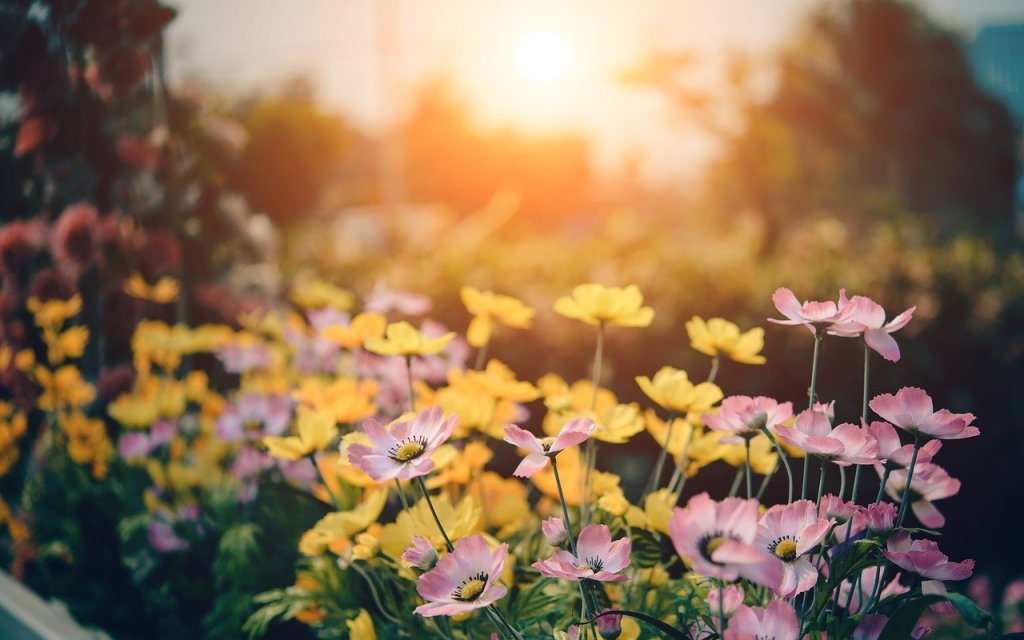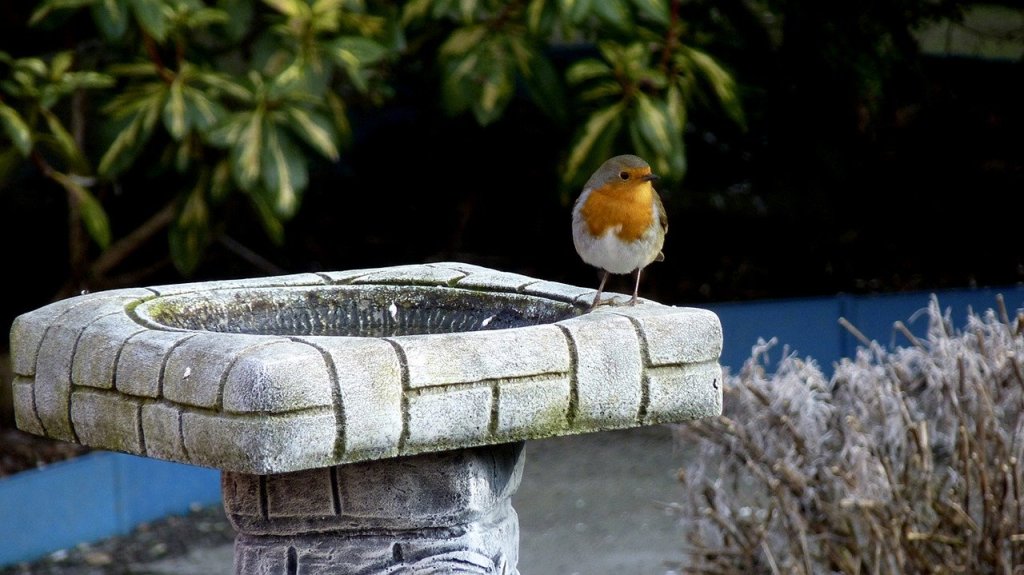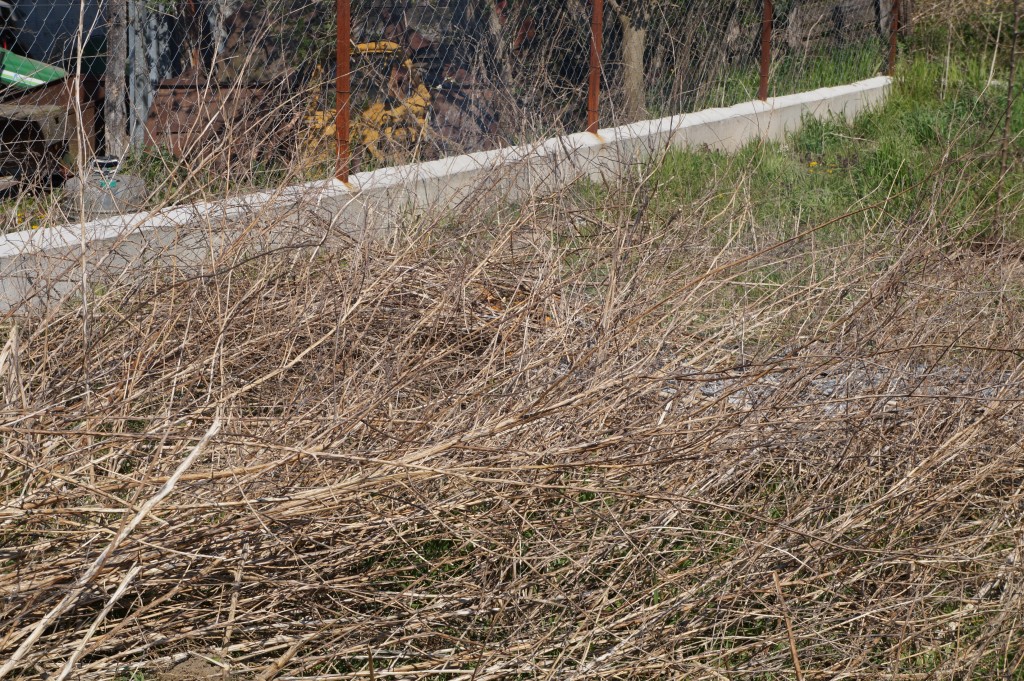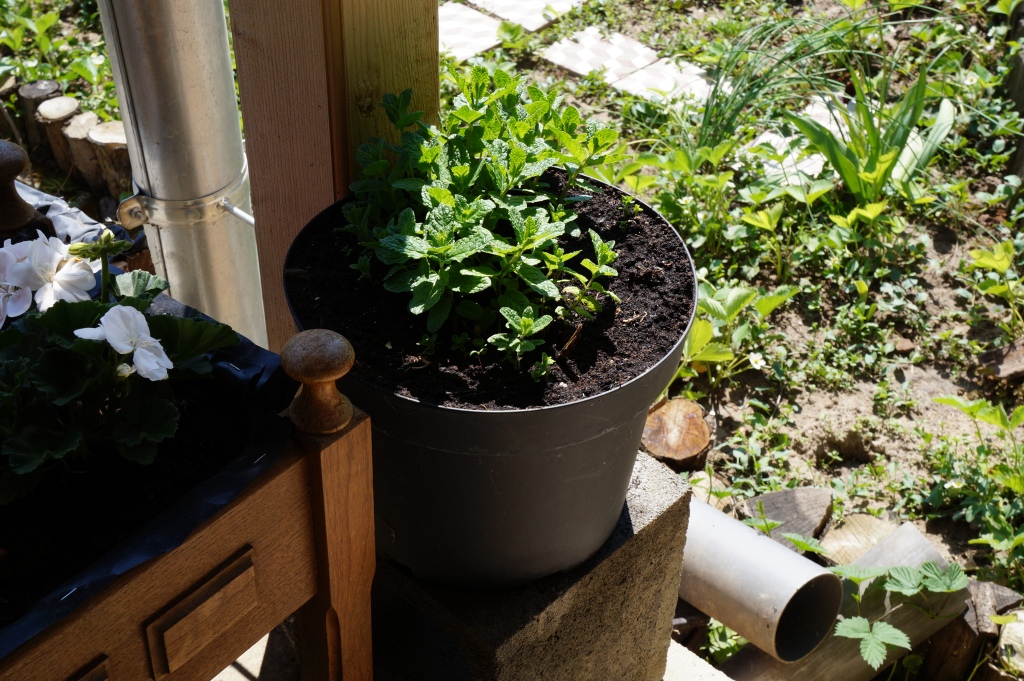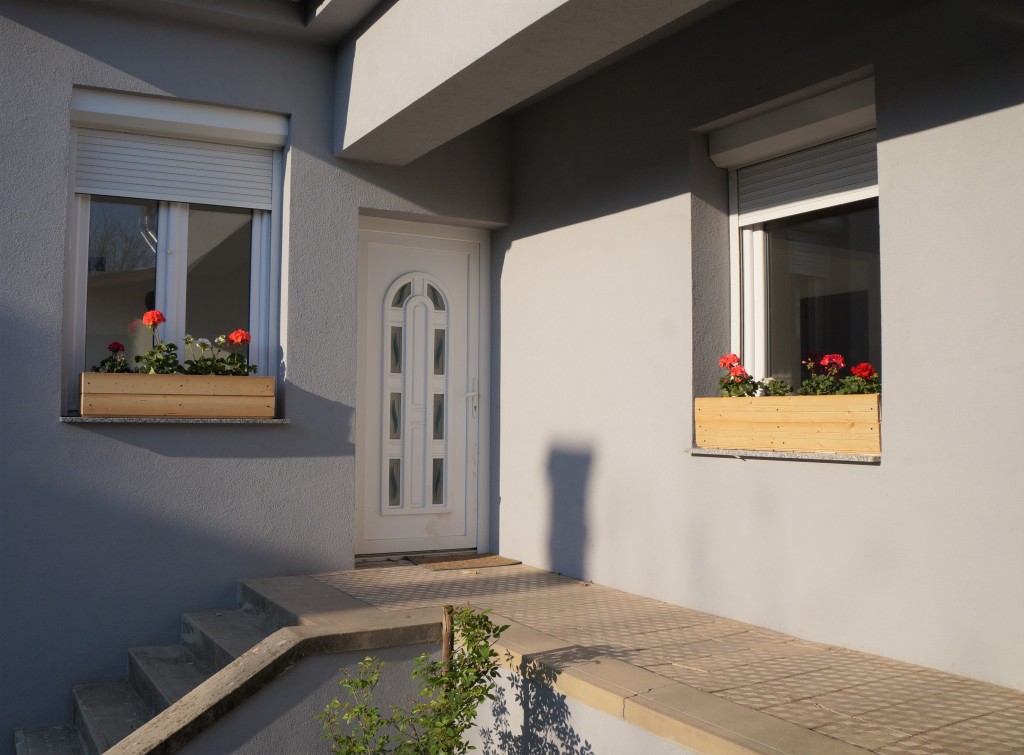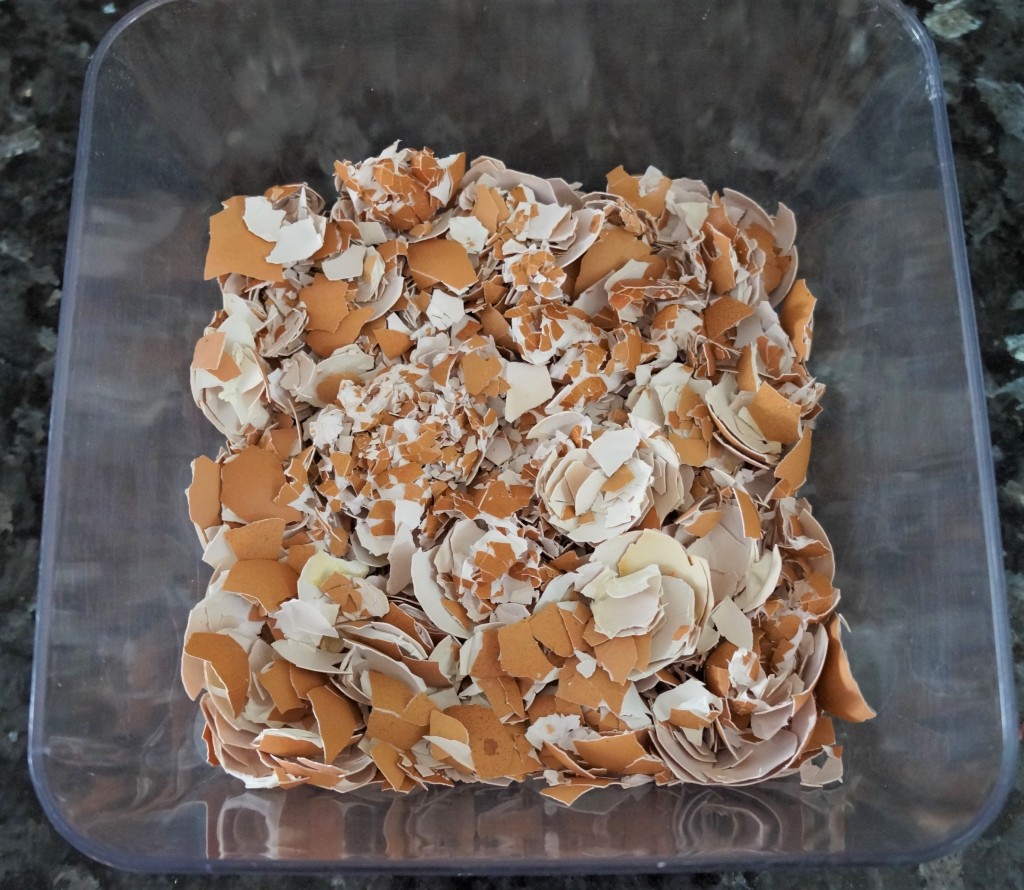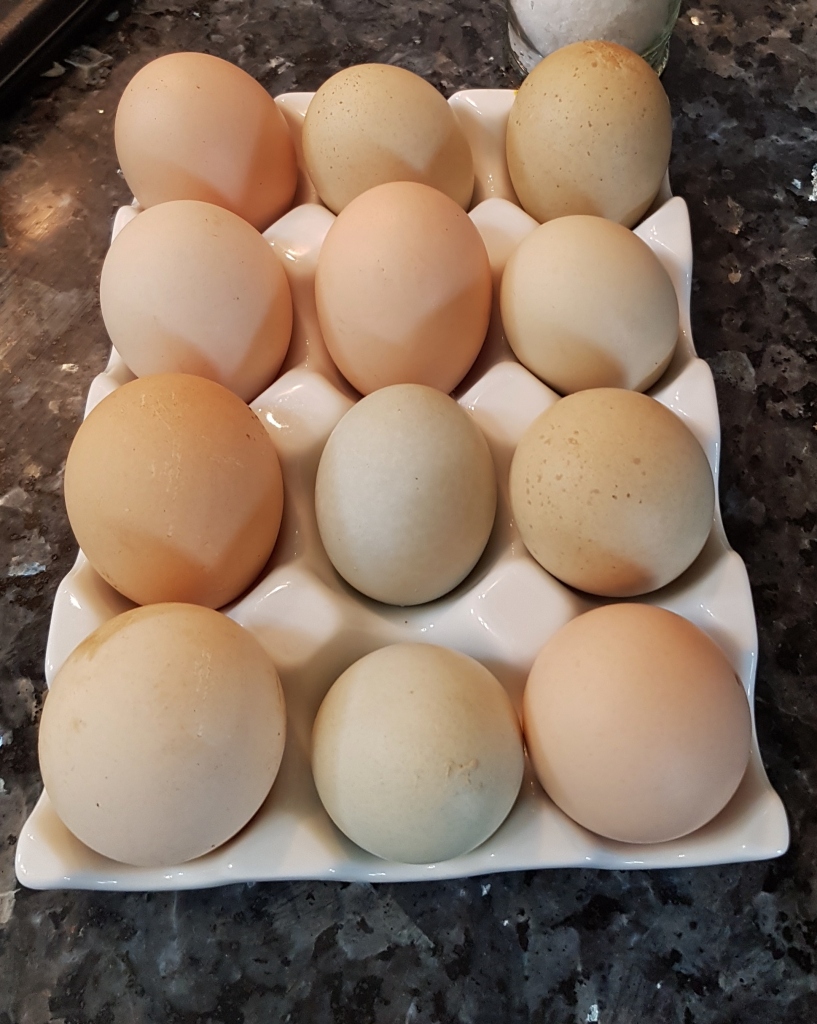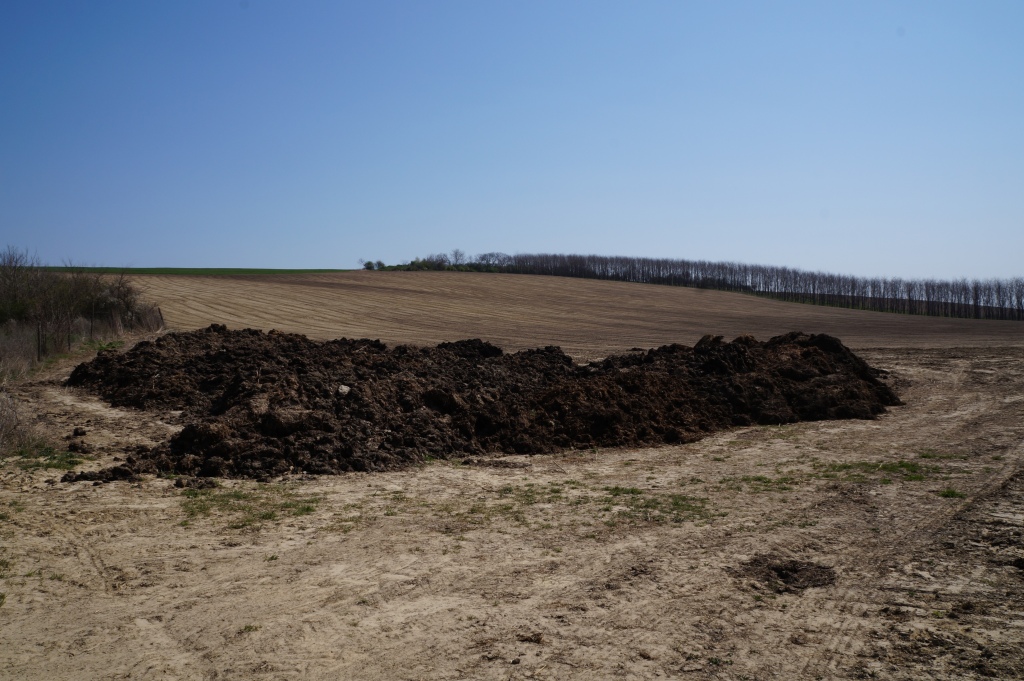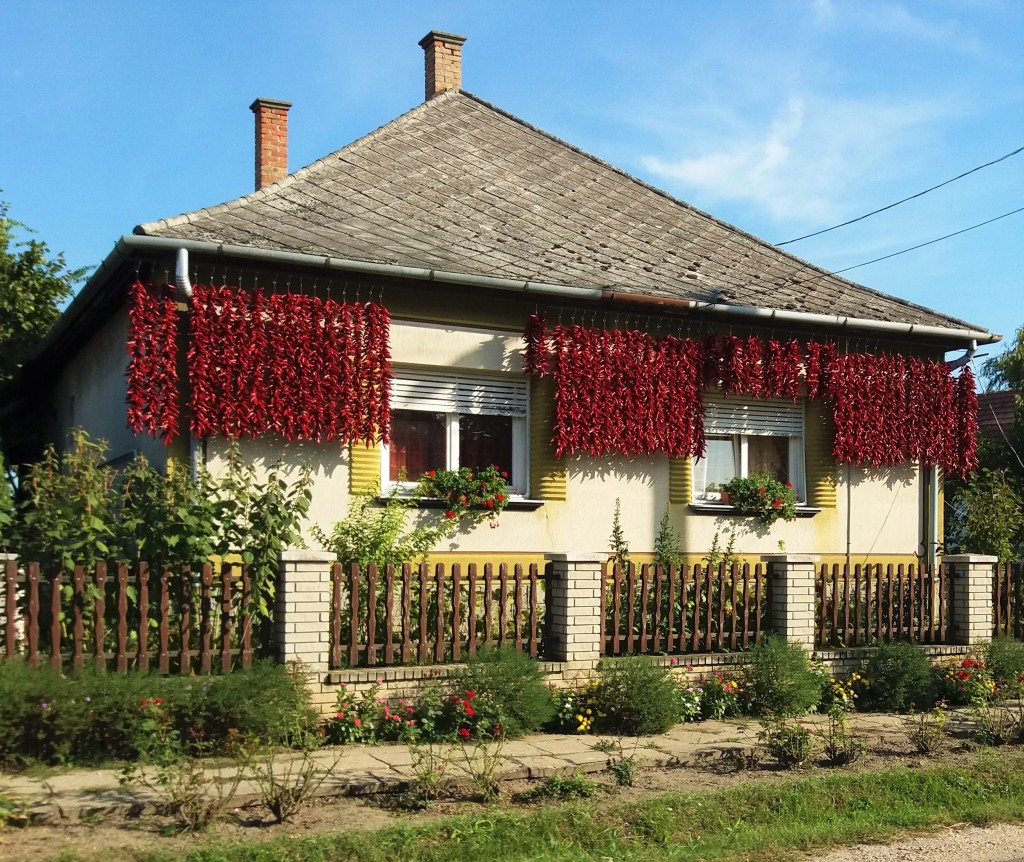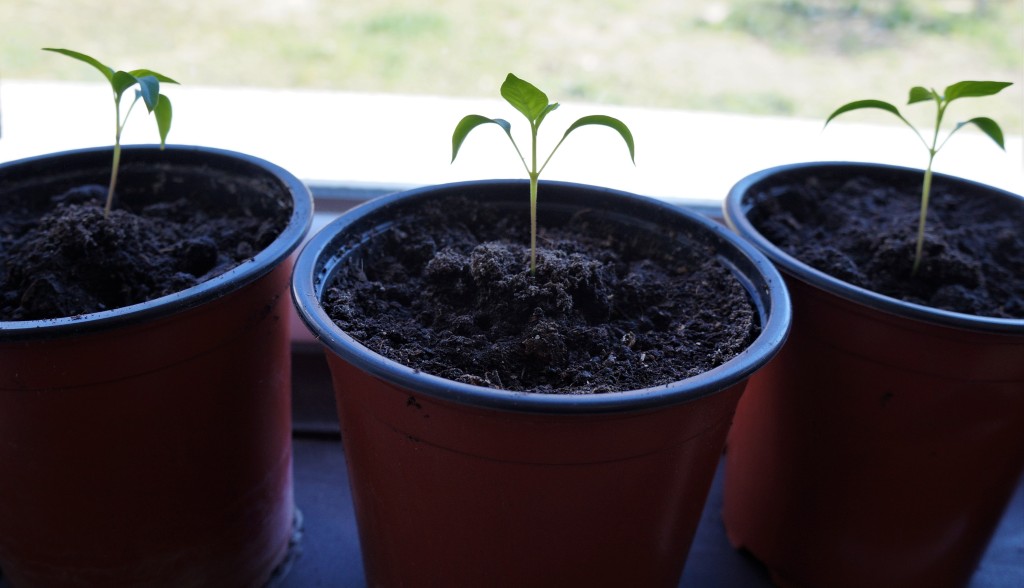…And my helpful solutions


1. The Mole Rat
My one remaining red tulip, the last one left as the other five disappeared thanks to the digging mole rats who ate the bulbous roots of these beautiful flowers. My daffodils did not escape attack either and sadly I lost a few of those too.
I have discovered the Mole Rat is actually an endangered species here in Hungary. For the whole of this summer daily mole hills would appear, not only in my flower beds but in the grass too. They formed a distinct pattern of activity, straight through the flower beds and further and further up the garden.
Repeatedly we diligently removed the burrowed soil and moved it to another flowerbed. On the plus side, the soil is nice and aerated…that is the only plus!
I did some research looking for humane ways of eradicating these nuisance pests. The conclusion I came to was we needed to scare them away with some sort of ringing, rattling and vibrating sounds. This apparently shakes the ground above them and they become panicked and perceive danger is around.
While a slight vibration might only cause the moles to pause their travels or digging, constant vibrations will likely cause them to change course altogether. A great, inexpensive way to create a constant vibration is with pinwheels, it is a safe way to deter moles.

As I have planted more bulbs for next Spring I shall invest in several pinwheels and put them in my flowerbeds to hopefully scare them away.
In the veggie plot it is suggested you plant rows of parsnips as this deters the moles as they do not like the taste of the lengthy roots.
2. The Greenfly

I have a constant battle with greenflies every year attacking my roses. As the name suggests a green fly is a green aphid that is a nuisance pest that feeds on garden and crop plants.
I have tried repeatedly just to rub them off with my finger and thumb as soon as I spot them but proves difficult when there are so many hiding under the leaves.
Our friend suggested we use a mild washing up liquid mixed with water, in a spray bottle and spray the greenfly as soon as they were spotted. I tried this method with some success. I needed to spray my roses most days and be particularly diligent in lifting every leaf in sight. It made a good alternative to the harsh chemical greenfly spray you can buy in the garden centres.
I did read that garlic water is also a good natural greenfly spray. Several cloves of garlic are left to steep in boiling water, left to cool and then put into a spray bottle. This apparently kills off the current generation of aphids but not the eggs, so another repeat spray is required until they all disappear. I am not fond of the smell of garlic but if it prevents/irradicates the greenfly then I shall give it a go next year.
3. Stink Bugs
These annoying hardback bugs seem to find their way into our house on a regular basis. They come in with the laundry or cling to my clothes when I am outside. They waft in through the front door much the same way a fly does. They are incredibly common in Hungary, particularly at this time of the year. I read their population is increasing, not a good sign.
Last year our entire tomato crop was eaten by stink bugs. They seemed to only be interested in red tomatoes, the big ones…our miniature tomatoes were not touched, which I found a little strange.
Experts suggest that if you find a stink bug in your home, you are advised to kill it and not release it outside. (which I have been doing constantly).
“Although tempting, releasing the bug would lead to even more unwelcome guests in the future. While this might sound cruel, the bugs don’t have a natural enemy in Hungary, so releasing them would lead to overpopulation. Exterminating stink bugs is not simple because, as their name suggests, they emit a foul odour when squashed.“
One solution I read to kill them swiftly without the stench is to drop them into soapy water. A stink bug’s natural reaction to any perceived threat is to drop straight down. Fill a wide mouth jar with soapy water (add some vinegar for extra killing power), move it into position beneath a stink bug, and most often it will drop right into the suds and drown.
Investigating how I could deter the stink bugs from eating my precious tomato crops was to do some companion planting. Stink bugs detest the smell of garlic, catnip, lavender and thyme. Radishes, marigolds, and chrysanthemums are also known to repel these pests.
4. Flies and Horse Flies

The common annoying fly is around everywhere during the early summer months right through until the Autumn. The insect’s lifespan lasts only a few weeks long. However, in this short time, it is very reproductively active. A single female can lay 500 eggs every three to four days.
Horse flies are obviously attracted to horses but also like to live in a habitat where there is water and woodland. They give a very painful bite, usually active during daylight hours and mainly in the summer.
We do lots of alfresco eating on our veranda creating a wonderful place for the flies to be the most annoying. I cover food sitting outside but they seem to dive bomb for the food on our plates making outdoor dining less than pleasant. I am constantly flapping the flies away but almost immediately they return.
The best solution we found was to purchase an “Outdoor Misting System” Bugs such as bees, flies, wasps and mosquitoes, are unable to get into any area that is protected by a mist system. The mist will also help keep the area free of bothersome dust and smoke, particularly if you are barbecuing. Patio misters are usually available in three major varieties, low, medium, or high pressure. We bought one at the end of the summer season at a reduced cost from our local Lidl.
5. Foxes
This fox was one of many that lived in the next door empty house. It had and still is been empty for at least six years and fox families had made their home there. This happened to be my first “daytime” sighting of a fox…sitting arrogantly on top of our barn!
Whilst we had our dog, a husky, we found that we had frequent nightly visits from our fox neighbours. It took me a while to work out that it was foxes leaving their droppings all over our veranda and not feral cats. Foxes are known to be great scavengers, and these foxes were looking for food in our garden. Hayley (our dog) was an outdoor dog who happily chewed bones in the garden but did not always finish them. We also fed Hayley outside and whilst the smell of leftover food was a bit stinky to us it was a difficult smell to ignore for scavengers such as those foxes.
We quickly realised that ANY food left in the garden was a temptation to the hungry foxes, this included trays, skewers, or anything meaty we had used for our BBQ’s had to be brought inside. I was vigilant in clearing up bone pieces in the garden too. Any food waste went straight to the Wheelie Bin not in the bin on the veranda. Many a time I would come outside in the morning and find rubbish strewn all over the garden.
Sadly, we lost our dear Hayley and no longer have much food outside. The foxes have not been back as they have lost their food source.
6. Slugs and Snails
I don’t know why, but this particular year the slugs and snails have eaten a fair proportion of my flowers.
Slugs and snails feed on living and decomposing plant material, but they prefer young, tender plant growth. Newly sprouted seedlings and soft growth on established plants are often their first targets. Lettuces and tender herbs, such as basil, are also favoured, as are foliage plants, such as Hosta’s, Busy Lizzies and Dahlias. As slugs and snails feed, they create large, irregularly shaped holes. Unlike the rough, uneven edges left by many chewing insects, slugs and snails leave very smooth edges. These pests also feed on succulent fruits, such as strawberries and tomatoes, and even citrus. They tend to avoid plants that have rough, aromatic leaves, such as rosemary.
Because slugs and snails feed primarily at night, holes and mucus trails are evidence that they are active. Moist, moderate weather in Spring and up to early Autumn signals prime time for slug and snail damage.
When we lived in England the slug and snail problem was a major problem the constant rain meant they were fed well and multiplied often! Our solution was to lay down slug pellets which more or less controlled the growing population. Here in Hungary slug pellets do not seem to be available and if they were, we would not have used them as we owned a dog (the pellets are a hazard to pets, wildlife and children).
I did some research about removing the gardener’s worst enemy and what the alternatives were to slug pellets and came up with a few good suggestions.
- Used coffee granules spread around plants you want to protect, they do deter slugs and snails.
- Slugs love beer! A container such as a large yogurt pot sunk into the ground so the rim is at or just above soil level, filled with beer acts as a slug trap. The slugs are attracted by the smell, fall in and drown.
- Crushed eggshells. These are effective for a while when spread in a barrier ring around precious plants. Replenish as necessary.
- Finally, the good old hand method, collect and collect then dispose of!
7. Mosquitos
The risk for mosquito activity and being bitten is extremely high in Hungary so during the summer months planes aerially spray pesticides in liquid form over many counties and areas. This is also done on foot and with truck sprayers in the early evening when the mosquitoes are most active.
Our family does tend to get bitten now and again but we have learned to cover up in the early morning and late evening when the mosquitoes are out looking for a willing victim. We have supplies of creams and gels to ease the itching and have experimented with various anti mosquito repellents.
I particularly like this short video with great ideas for homemade Mosquito Repellent and Air freshener.
Most insect-repelling plants do so with their natural fragrances, which keep annoying mosquitoes away and introduce wonderful scents throughout your garden. Marigolds, an easy-to-grow annual flower, emit a smell that deters mosquitoes. Grow them in pots and place them near your veranda or entrance to your home to keep the pests out. Lavender is another good mosquito repellent giving off a wonderful scent. Again plant near your veranda. Two useful herbs to consider are Rosemary and Basil both with strong scents to ward off the mosquitos. Use them in your cooking too to enhance flavours.
Finally, in addition to growing anti-mosquito plants, you should also practice good mosquito control in your garden so that the pests don’t get out of hand. The best thing you can do is prevent water from collecting and becoming stagnant. Mosquitoes can lay hundreds of eggs even in a tiny spoonful of standing water. A disaster waiting to happen!
Thanks for reading. Every country has annoying pests and insects, I would be interested to know what sort of pests you have and how do you deal with them?














